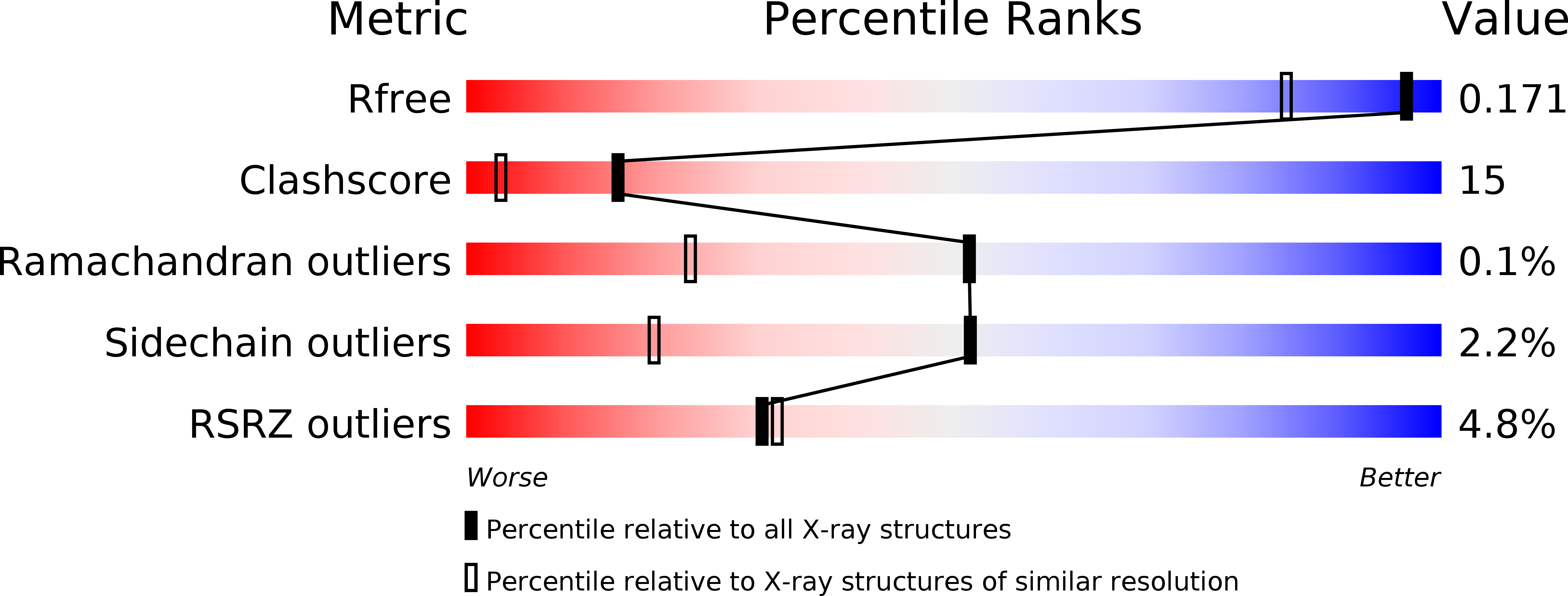
Deposition Date
2008-12-01
Release Date
2009-08-25
Last Version Date
2024-10-16
Entry Detail
PDB ID:
3FF3
Keywords:
Title:
The high resolution structure of human glutamate carboxypeptidase III (GCPIII/NAALADase II) in complex with L-glutamate
Biological Source:
Source Organism:
Homo sapiens (Taxon ID: 9606)
Host Organism:
Method Details:
Experimental Method:
Resolution:
1.37 Å
R-Value Free:
0.15
R-Value Work:
0.13
R-Value Observed:
0.13
Space Group:
C 1 2 1


